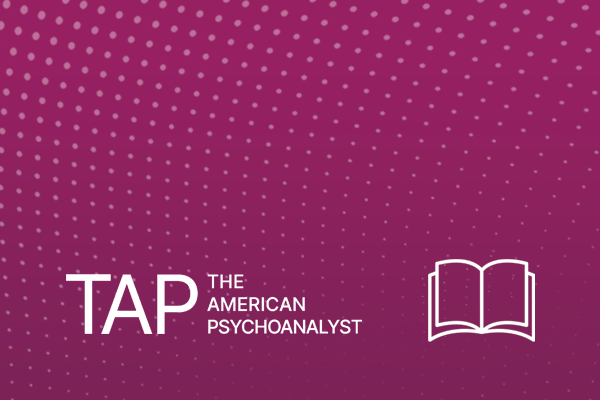News: Psychoanalytic Perspective on Suicide Prevention
Psychoanalytic Perspective for Preventing Suicide
National Suicide Prevention Week – September 7-13, 2015
New York, NY – September 7th, 2015 – Psychoanalysts understand that suicide is often caused by a culmination of a long history of emotional trauma, highly distressing life events and underlying mental illness, such as depression, anxiety and PTSD.
“Suicide is an urgent response to severe psychological pain,” said Mark Smaller, Ph.D, president of the American Psychoanalytic Association (www.apsa.org). “While it can often seem out-of-the-blue or impulsive, more often than not, suicide is caused by a buildup of emotional pain, left untreated for too long.”
Psychoanalysts have extended training in helping people struggle with past trauma and difficult life circumstances. Psychoanalytically informed therapy helps individuals understand their moods and vulnerabilities, improve personal relationships, develop internal resources and replace self-destructive behaviors with reflection. Additionally, psychoanalytic and/or psychodynamic psychotherapy helps people identify and cope with environmental risk factors, often referred to as “triggers”, for example: harassment, bullying, and victimization; severe illness and ageing; and significant losses such as death, divorce, or unemployment.
“There is no ‘quick fix’,” said Smaller. “But access to a safe therapeutic relationship can mobilize hope and help a suicidal person regain perspective and equilibrium. Preventing suicide from a psychoanalytic perspective requires utilizing early intervention with intensive therapy aimed at discovering and healing deep emotional scars before they lead to depression, social isolation, dysfunction and suicidal behaviors.”
“Psychoanalytic therapy works by giving people a safe, empathetic environment to talk freely about painful emotions. It is often referred to as the ‘talking cure’ for a reason.”
###




